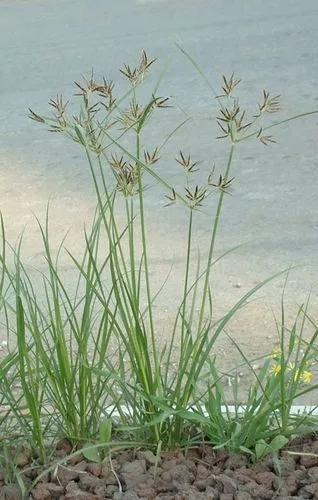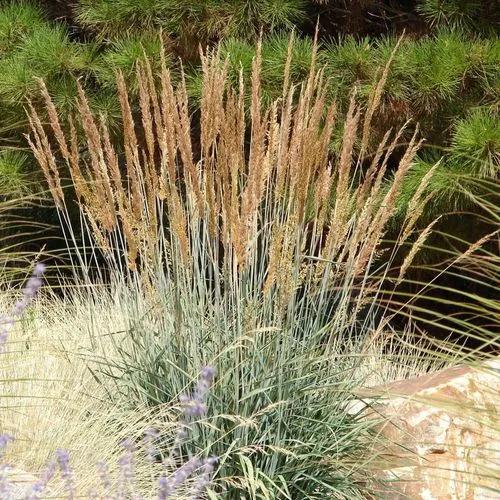Pleioblastus fortunei is an evergreen bamboo that can grow 60 - 120cm tall; the erect, woody culms have a zigzag habit, they are 2 - 6mm in diameter with thin-walled internodes 10 - 30cm long. The rhizomes are elongated, the plant having a vigorously running habit that can produce new canes some distance from the main clump, especially in warm climates. The plant is grown as an ornamental, where it is used as a ground cover.
Dwarf Bamboo Care
Pleioblastus Fortunei



How to Care for the Plant

Water

During its first growing season, water a heavenly bamboo deeply and regularly to establish an extensive root system. Ensure the soil is kept consistently moist but never waterlogged. Keep in mind that heavenly bamboo grown in containers will need to be watered even more frequently than plants grown in the garden. Once well-established, mature heavenly bamboo plants are more resistant to drought and can tolerate short periods of drought more readily. After the first growing season, water as needed.

Pruning

Heavenly bamboo does best when it is allowed to grow in its natural form rather than being heavily pruned or sheared as a formal hedge. However, lightly pruning the canes of a heavenly bamboo plant once per year will help to keep it looking full. Prune the canes to varying heights for the best results.

Fertilizer

Regular fertilizing helps to encourage blooming and preserve a heavenly bamboo’s vibrant color. Apply a fertilizer designed for ornamental shrubs twice a year in the early spring and early summer for the best results.

Sunlight

Heavenly bamboo is adaptable to a variety of light conditions from full sun to partial shade. However, to achieve the most vibrant colors, heavenly bamboo should be grown in full sun.

Soil

Heavenly bamboo is not picky when it comes to soil, however, a moist, nutrient-rich, well-draining soil will provide the best results. Adding perlite, sand, or well-composted materials will help to improve drainage if needed.

Temperature

Ideally, heavenly bamboo is grown in a warm, slightly humid, wind-protected environment. While heavenly bamboo can tolerate temperatures as low as 10 degrees Fahrenheit, they will not survive long in such frigid conditions. For gardeners from regions with cold winters, heavenly bamboo is best grown in containers so it can be Despite its common name, heavenly bamboo (Nandina domestica) is not a bamboo at all, but a species of flowering, evergreen shrub native to eastern Asia. Grown as an ornamental shrub, it is characterized by cane-like stems and finely textured leaves that resemble those of bamboo, which is how Nandina domestica got its common name.

Additional

Heavenly bamboo is highly toxic to pets, livestock, and wildlife (including birds). It is generally considered non-toxic to humans. If ingested by animals, the bright red berries and leaves can cause many serious problems.

Popularity

56 people already have this plant 13 people have added this plant to their wishlists
Discover more plants with the list below
Popular articles






